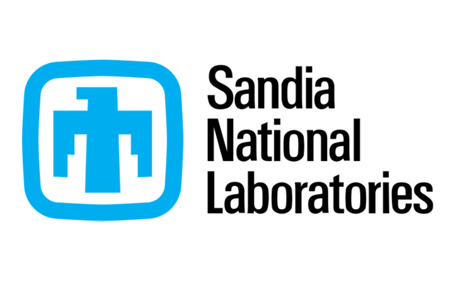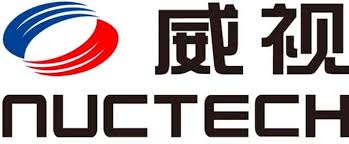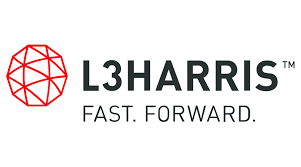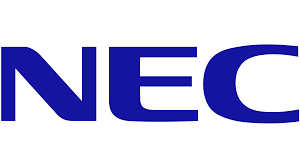Airport Surface Movement Radar Technology
- Perimeter surveillance radar (PSR) is a class of radar sensors that monitor activity surrounding or on critical infrastructure areas such as airports, seaports, military installations, national Airport perimeters, refineries and other critical industry and the like. Such radars are characterized by their ability to detect movement at ground level of targets such as an individual walking or crawling towards a facility. Such radars typically have ranges of several hundred meters to over 10 kilometers.
- Alternate technologies include laser-based systems. These have the potential for very high target position accuracy; however they are less effective in the presence of fog and other obscurants.
- Surface Movement Radar (SMR) systems are used by. air traffic controllers and the airport security body to detect people and guide aircrafts and vehicles (i.e. baggage carriers, buses, supply trucks, staff cars, etc.) on the ground surface of the airport and thus secure safety. It is the most widely used surveillance system for airport surveillance at present.
Airport Surface Movement Radar Technology Features:
- Detecting Land Aerial moving targets
- Detection range up to 10 Km
- Automatic detection, tracking and classification of targets
- Proven FMCW technology
- Low probability of detection and interception
- Rapid Deployment
- Solid state electronics with high MTBF
- Independent or networked operation
- Integrated with existing sensors
- Graphical User Interface

Airport Surface Movement Radar
Surface Movement Radar (SMR) is the most widely used surveillance system for airport surveillance at the present. SMR refers to primary radars that provide surveillance cover for the maneuvering area, which is defined as that used for the take-off, landing and taxiing of aircraft, excluding aprons.
SMR provides surveillance of all aircrafts and vehicles in an area with a high update rate. SMR antennas are often mounted on a tower which has good visibility of the maneuvering area.
The ground surface environment is quite different from high altitude because of the increased clutter and other physical problems. The quality of surveillance information on the ground is often quite poor and limited by these physical problems.
Use of PSR means that target labelling may not be possible, and hence controllers use visual identification of aircrafts (by looking out of the tower window). This is one of the contributory factors to the reduced capacity of airports in low visibility.
SMR uses a rotating antenna and the scan rate is usually once per second. They usually operate in the: I-, J- and K- Band.
Higher resolution SMR operates between 92 and 96 GHz. Most newer SMR products also interface with other local radars; e.g. to precision approach radar and terminal area SSRs. Data processing capabilities that are offered in conjunction with these radars may include runway incursion and conflict alert, and target identification and labelling.
Existing SMR systems are sometimes known by the acronym ASDE – Airport Surface Detection Equipment.
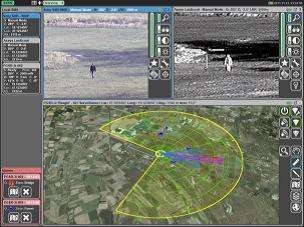
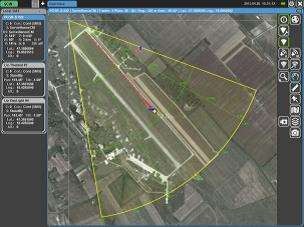
Airport Surface Movement Radar Imaging Field
More information can be found at: Global Airport Security: Technologies, Industry & Markets ““ 2015-2020



